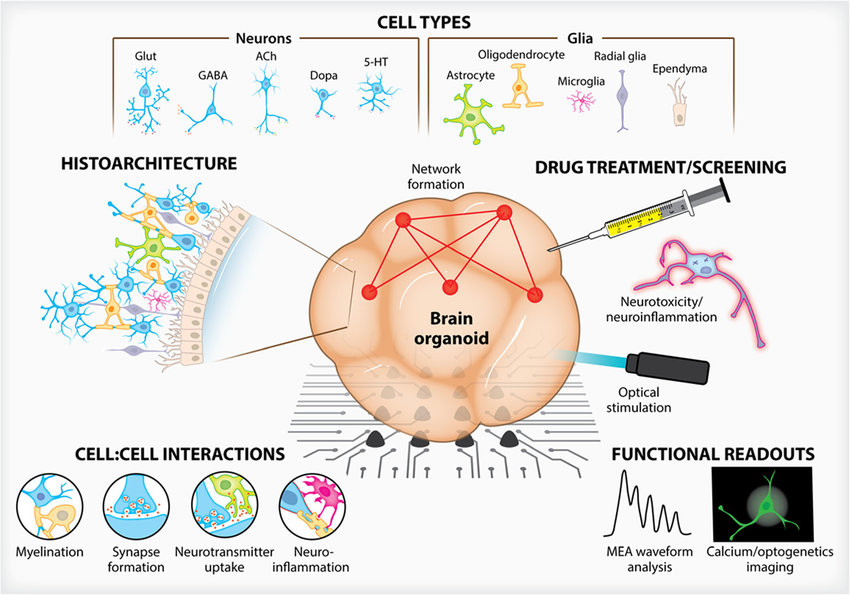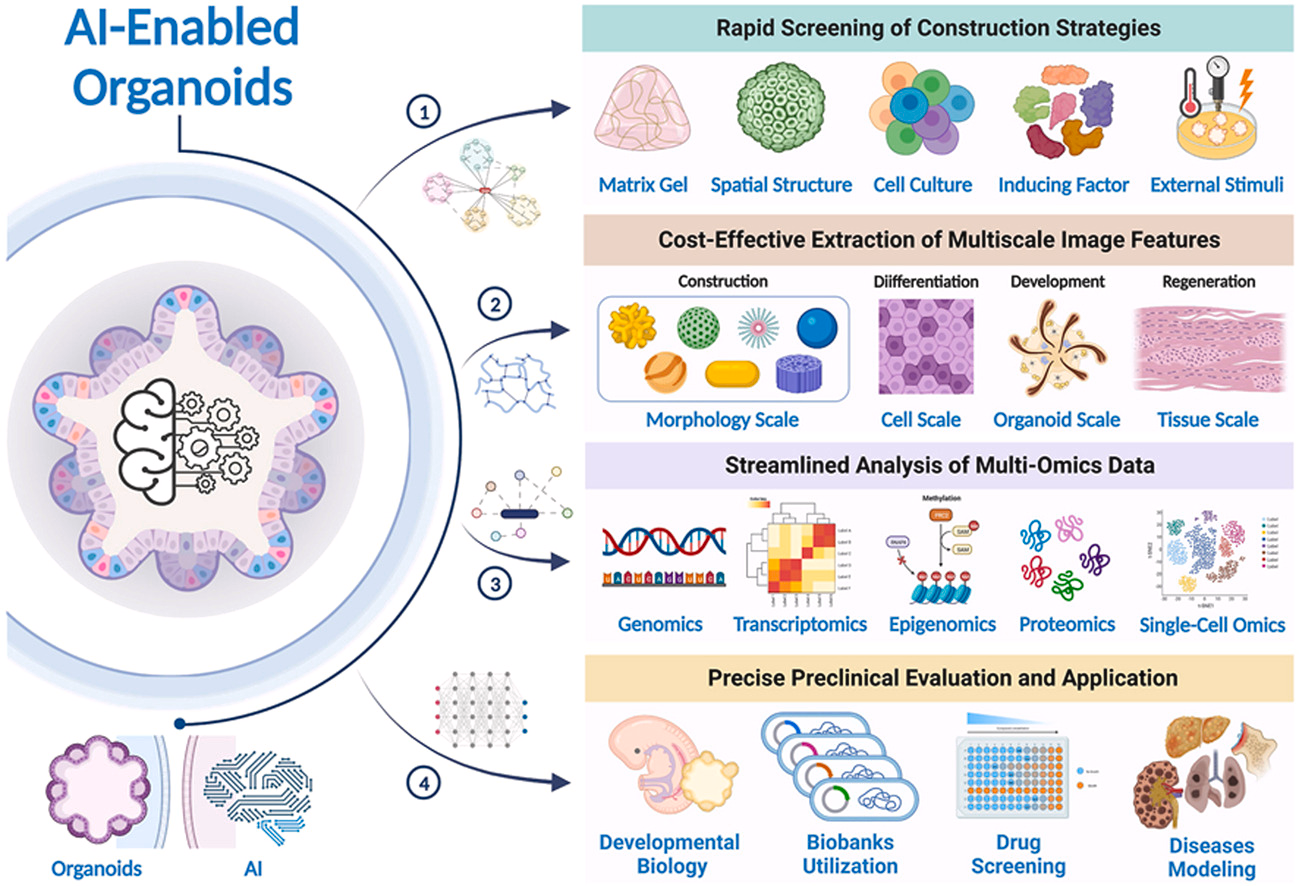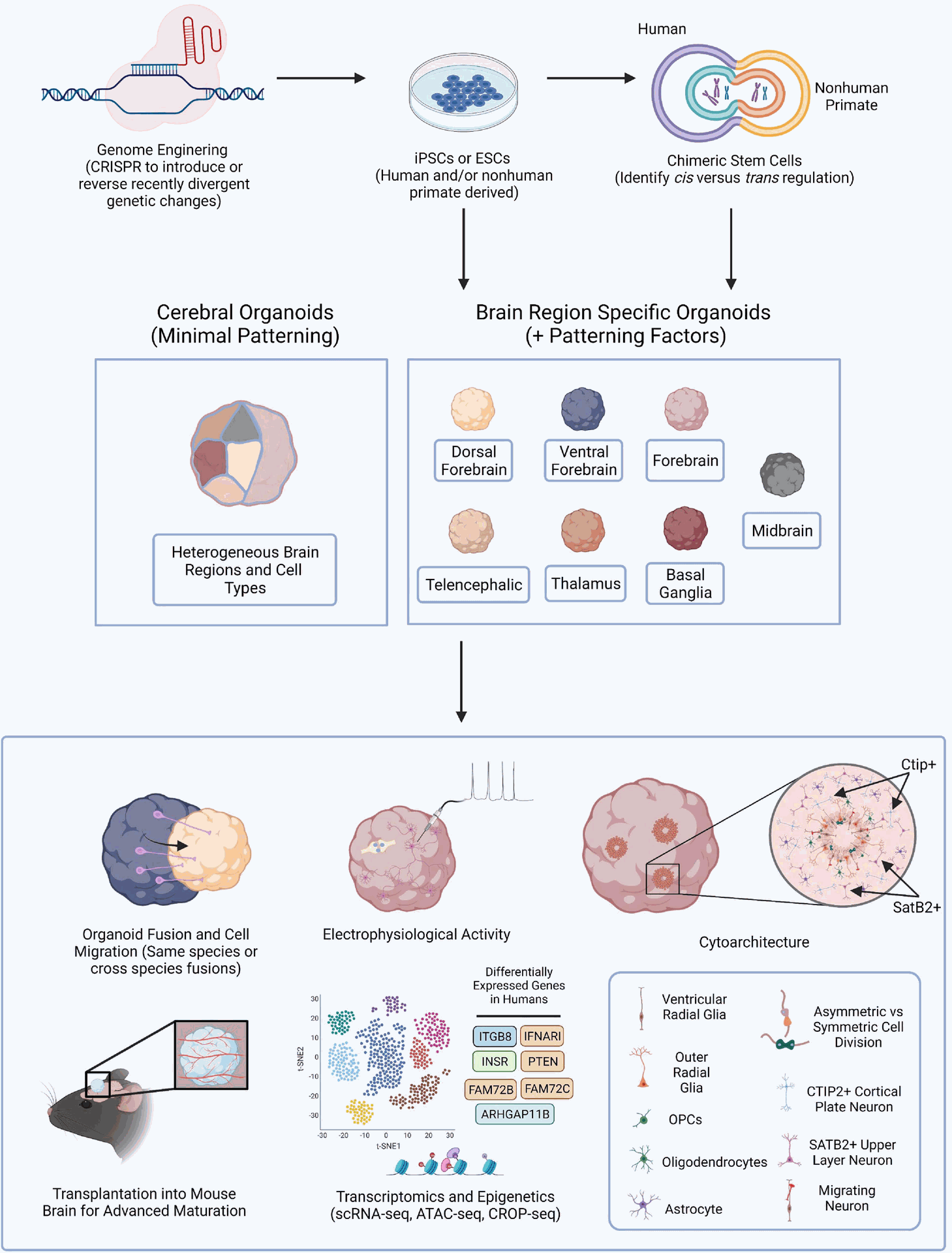The human brain is the most intricate organ in our body, and unraveling its mysteries remains a significant challenge in scientific research. Traditionally, neuroscientists have relied on animal models to understand brain function and disease. However, these models often have limitations in recapitulating the complexities of the human brain. Here, we delve into the burgeoning field of brain organoids, exploring their potential as a powerful tool for disease modeling, drug discovery, and understanding human brain development.
Brain Organoids: Miniaturized Complexity
Brain organoids are three-dimensional (3D) cell cultures derived from human pluripotent stem cells (PSCs). These stem cells hold immense potential, as they possess the remarkable ability to differentiate into any cell type in the body. Companies like Gentaur Group offer a wide range of reagents and products specifically designed to support the growth and differentiation of these complex brain models. By manipulating the culture conditions and signaling pathways, scientists can coax PSCs to organize themselves into structures resembling specific brain regions, such as the cerebral cortex.
Modeling Disease in a Dish
One of the most promising applications of brain organoids lies in their potential to model human neurological diseases. By using patient-derived induced pluripotent stem cells (iPSCs), scientists can generate organoids that carry the specific genetic mutations associated with a particular disease. This allows for the investigation of disease mechanisms in a human-relevant context, overcoming limitations of traditional animal models.
For instance, researchers have successfully generated brain organoids that recapitulate key features of Alzheimer's disease, including the formation of amyloid plaques and tau tangles, hallmarks of the neurodegenerative condition. Similarly, organoid models of microcephaly, a developmental brain disorder, have provided valuable insights into the underlying cellular and molecular mechanisms.
Drug Discovery and Beyond
The ability to model disease in a dish paves the way for the development and testing of new therapeutic strategies. Brain organoids can be used to screen potential drugs, allowing researchers to identify compounds that can modify disease processes or promote neuronal repair. This approach holds immense promise for accelerating the drug discovery pipeline for neurological disorders with limited treatment options.
Beyond disease modeling, brain organoids offer a unique platform to study human brain development. By analyzing organoid development at various stages, scientists can gain insights into the complex processes that govern the formation and organization of the human brain. This knowledge can shed light on neurodevelopmental disorders and inform strategies for promoting healthy brain growth.
Future Directions and Ethical Considerations
The field of brain organoids is rapidly evolving, with researchers constantly refining methods to improve the complexity and functionality of these miniaturized brains. As the technology advances, brain organoids have the potential to revolutionize our understanding of the human brain and its disorders.
However, the development of increasingly complex brain organoids raises ethical considerations. As these structures mature, they may exhibit rudimentary forms of consciousness or sentience. It is crucial to establish clear ethical guidelines for the use and development of brain organoids to ensure responsible scientific progress.
Conclusion
Brain organoids represent a transformative approach to studying the human brain. While challenges remain in fully replicating the intricate architecture and function of the living brain, these miniaturized models hold immense potential for disease modeling, drug discovery, and understanding brain development. As the field progresses, brain organoids are poised to become a cornerstone of neurological research, paving the way for breakthroughs in our quest to understand and treat brain disorders.
For further information on brain organoids, please refer to the following video.




Can We Grow Mini-Brains to Study Disease?